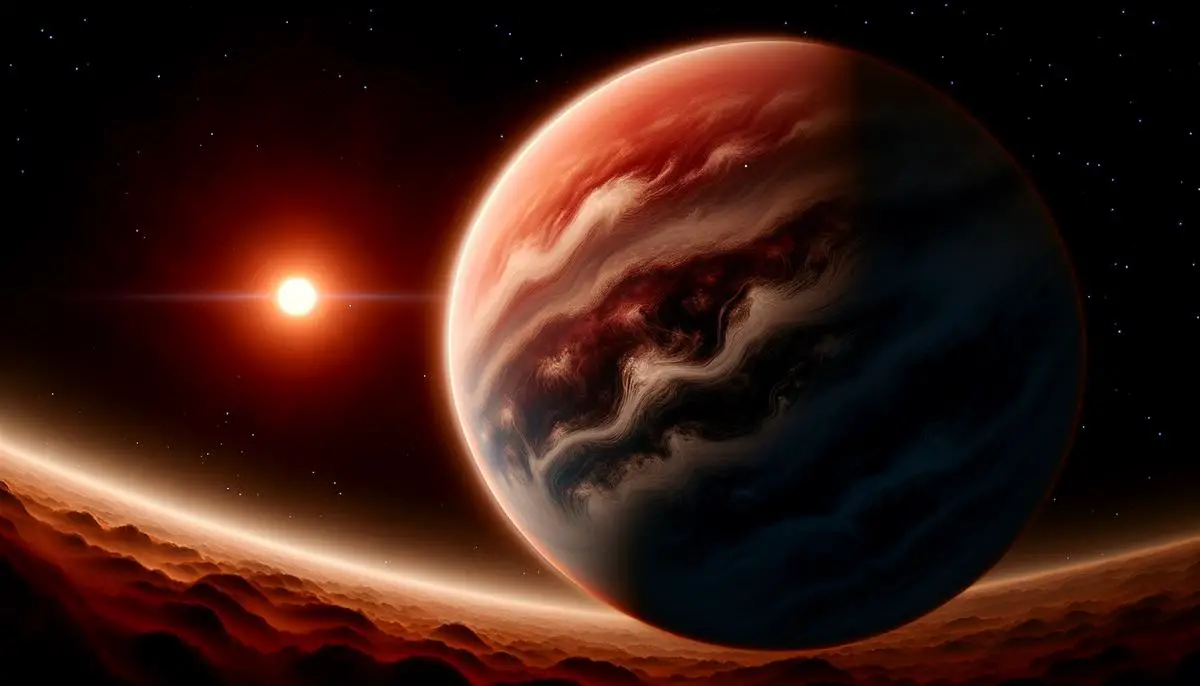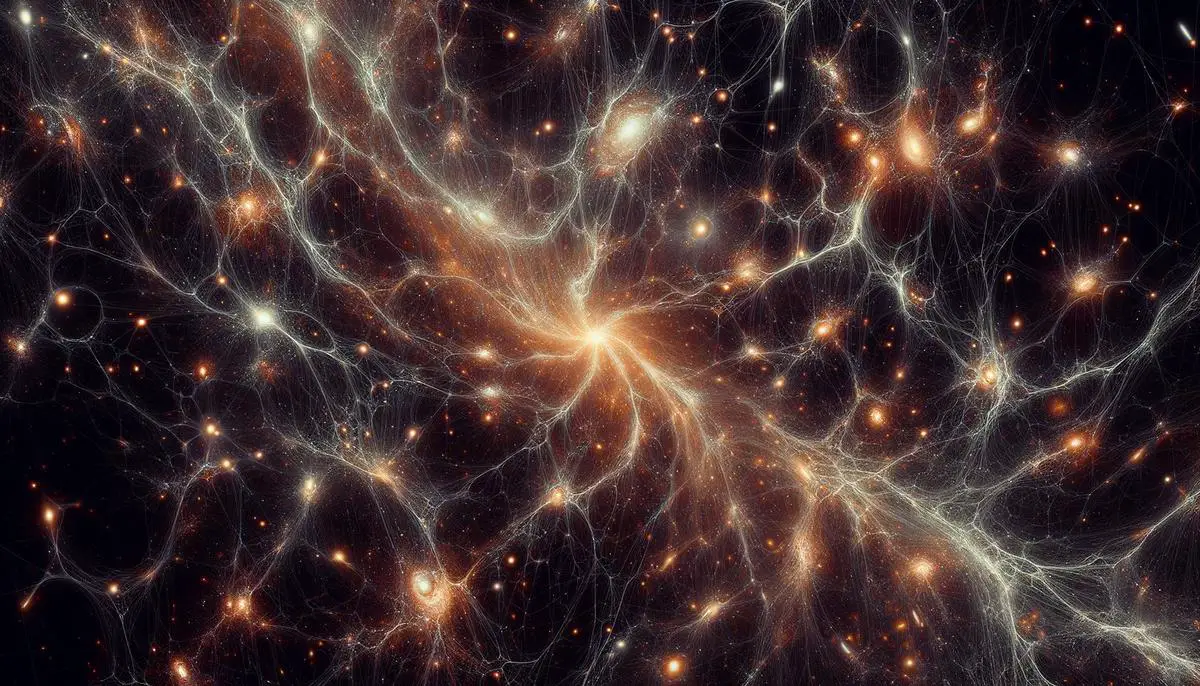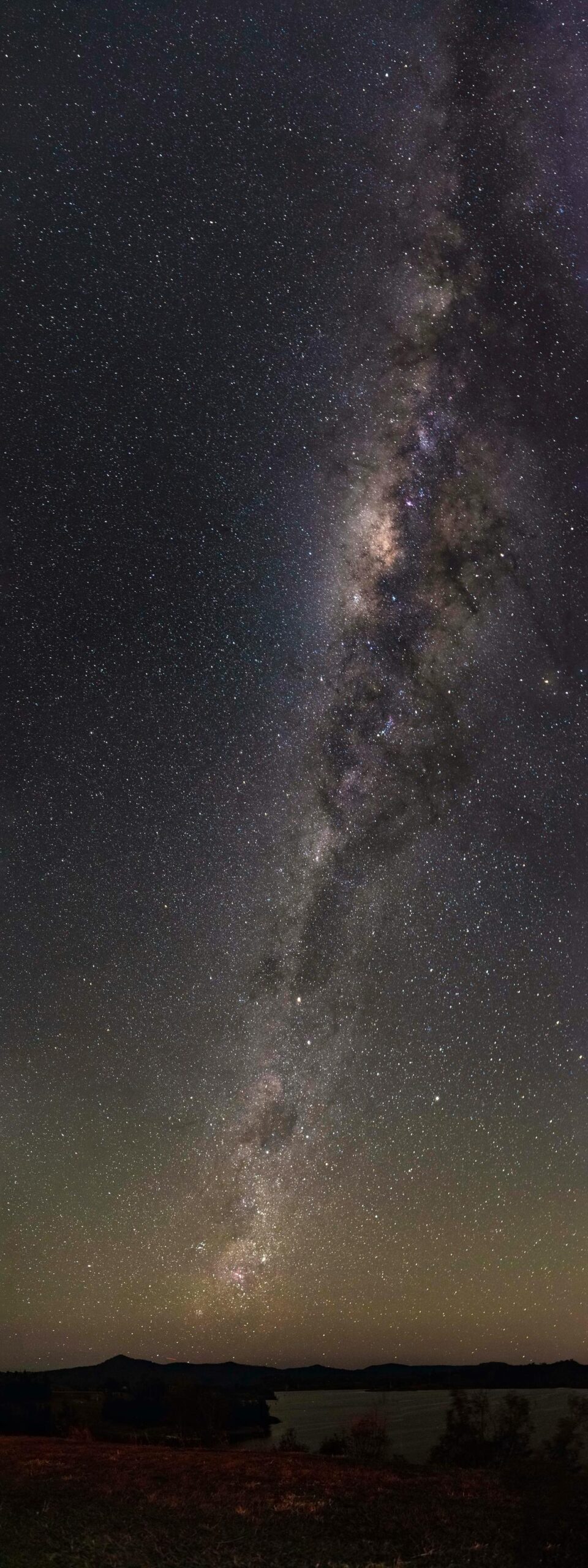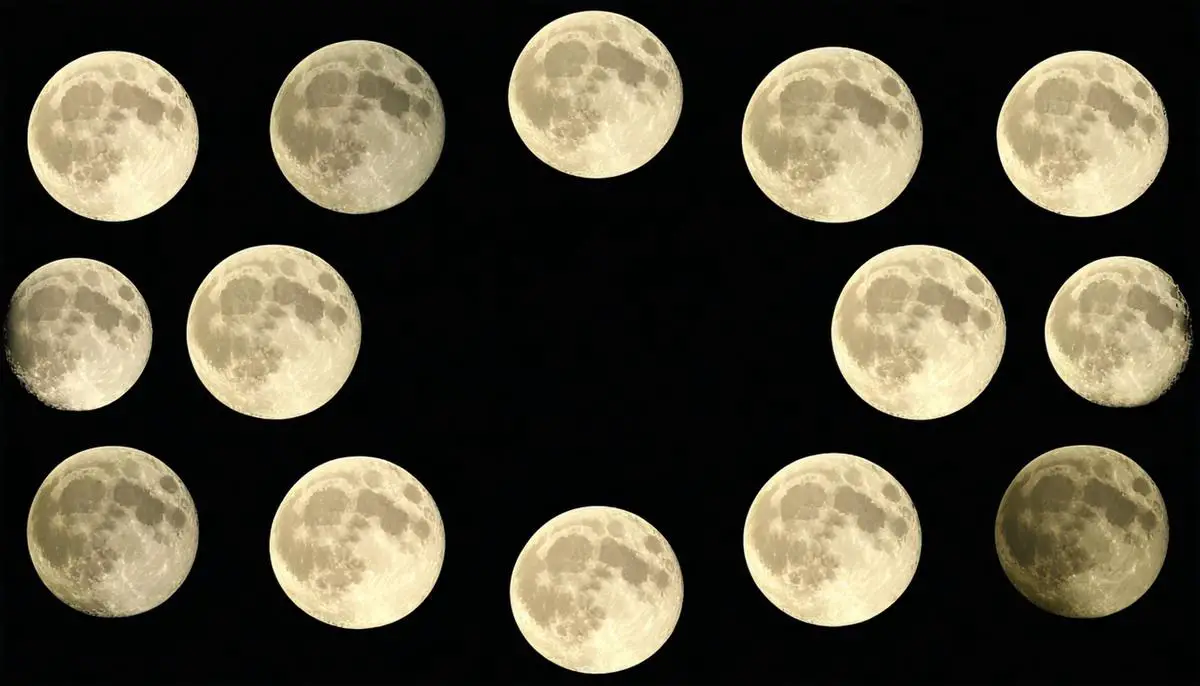Understanding K2-18b's Atmospheric Composition K2-18b, an exoplanet orbiting a red dwarf star, showcases an atmosphere quite distinct from Earth's. Its composition is primarily hydrogen, with traces of methane and carbon dioxide. Unlike our planet's nitrogen and oxygen-rich atmosphere, K2-18b's hydrogen envelope is thick enough to drastically differ from Earth's atmospheric […]
![]()








